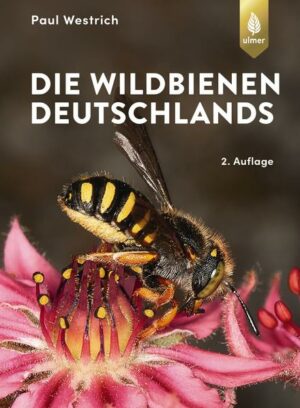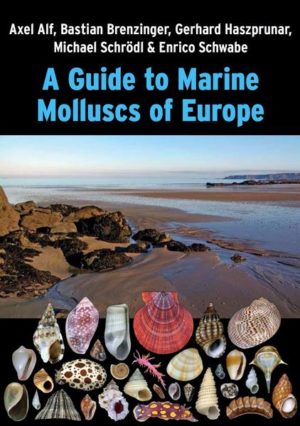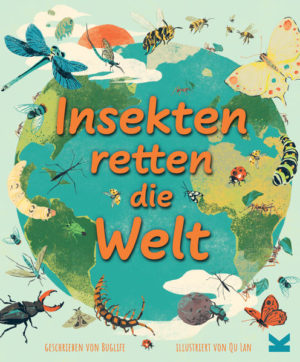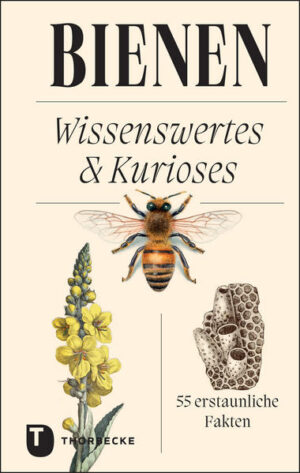| × |  | Die Wildbienen Deutschlands | 99,00 € | | 99,00 € |
| × |  | A Guide to Marine Molluscs of Europe | 95,23 € | | 95,23 € |
| × |  | Der Starnberger See | 39,90 € | | 39,90 € |
| × |  | Insekten retten die Welt | 14,90 € | | 29,80 € |
| × |  | Pollen Biology | 117,69 € | | 117,69 € |
| × |  | Bienen: Wissenswertes & Kurioses - 55 erstaunliche Fakten | 12,00 € | | 12,00 € |
| |